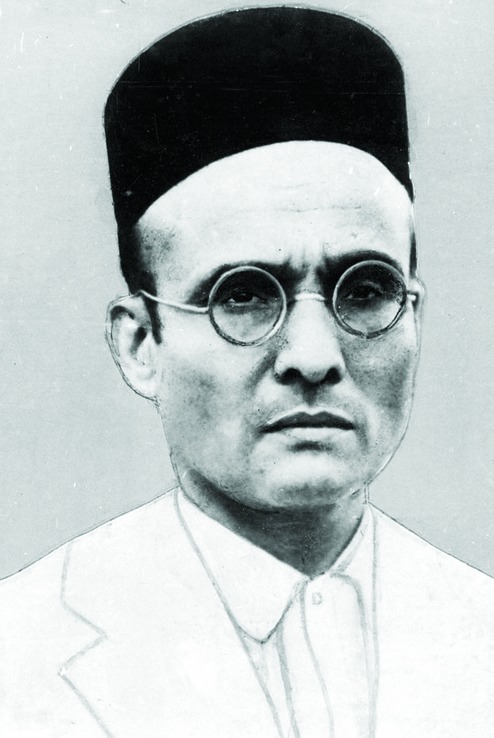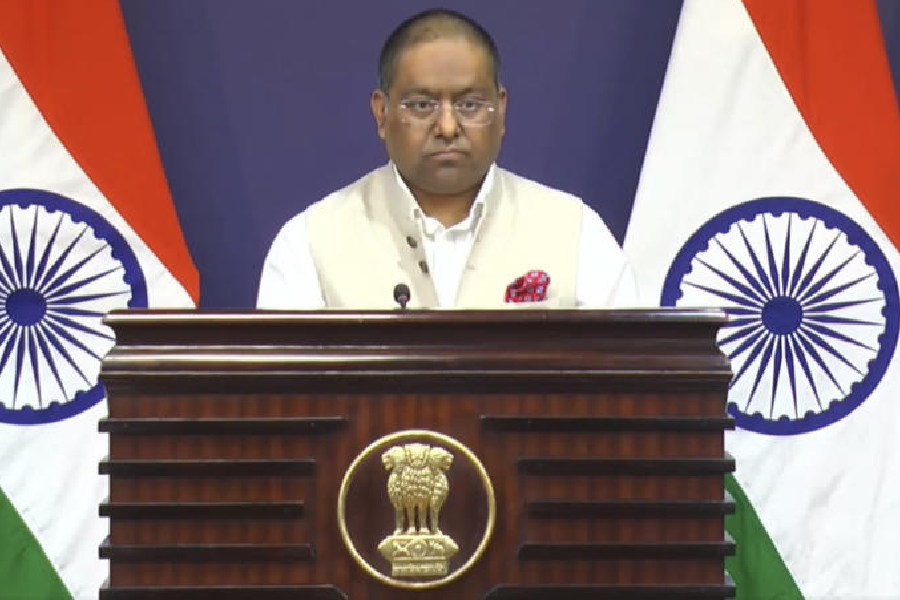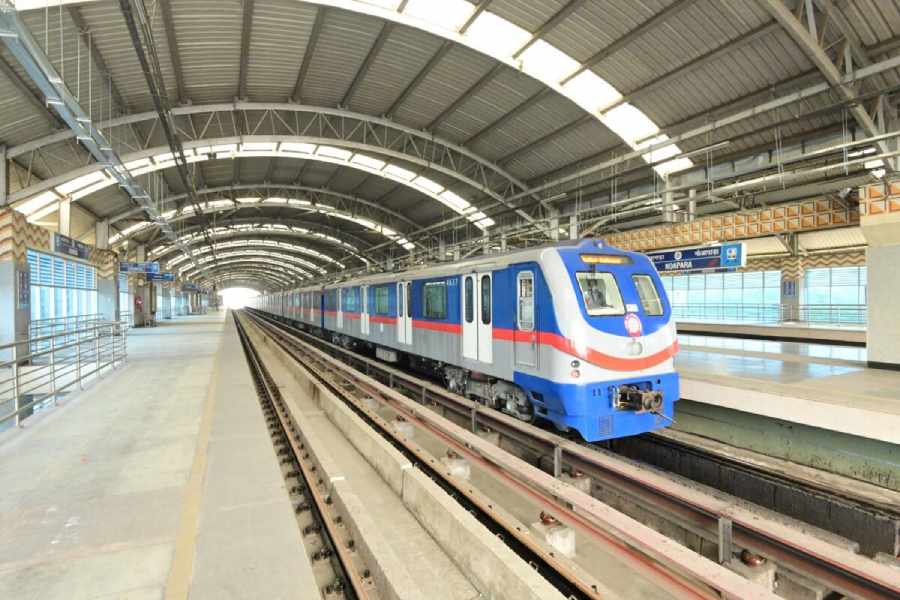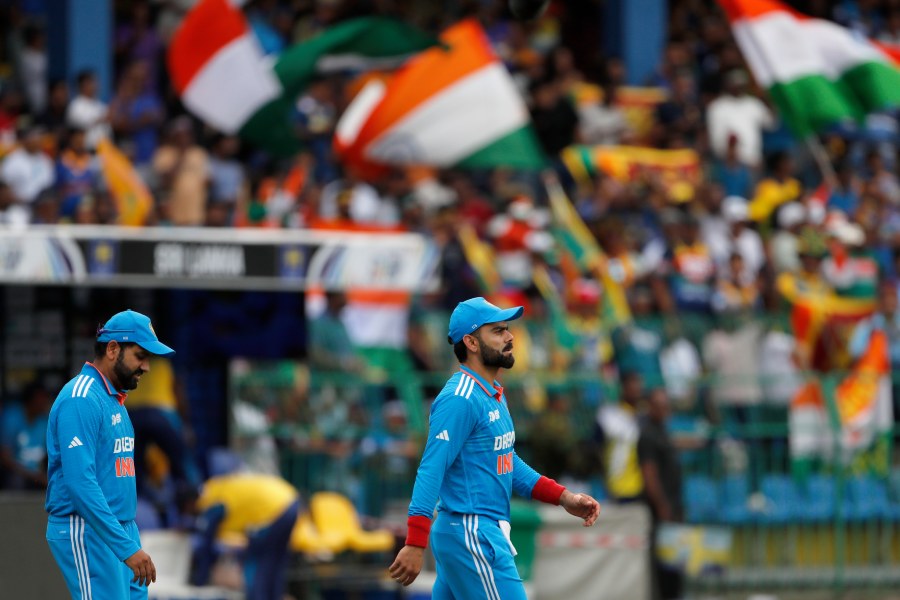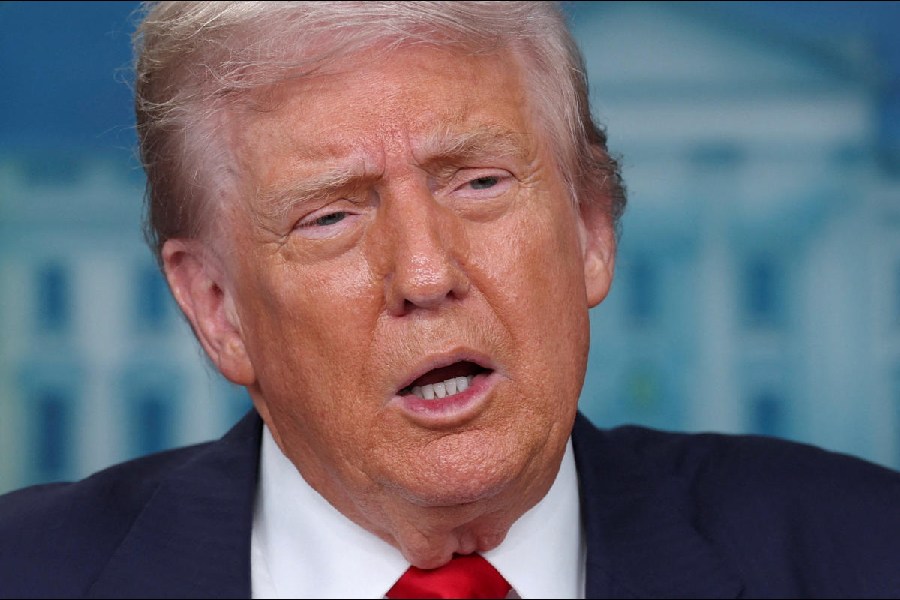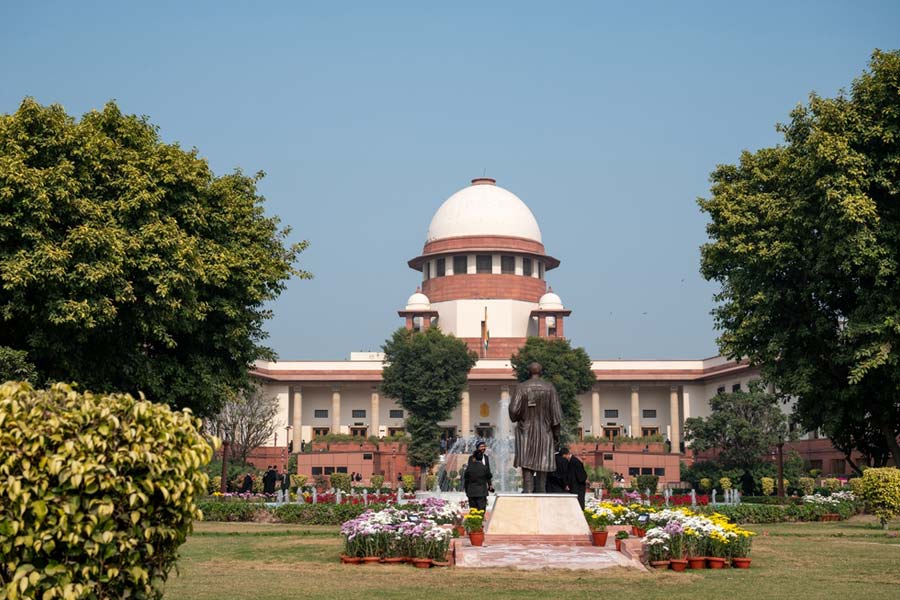
New Delhi, April 11: A light-and-sound show on Port Blair’s notorious Cellular Jail that portrays Vinayak Damodar Savarkar as an icon has kicked off a row, with Left leaders alleging that freedom fighters from Bengal were being ignored.
CPM Rajya Sabha members Sitaram Yechury and Ritabrata Banerjee also alleged that the contents of the show — part of the jail’s weekly events to attract tourists — sought to distort facts.
“There is total distortion of Indian history that is being portrayed. That script has to be changed. That script is only one individual-centred, and the whole history of our revolutionary martyrs, hundreds of them, has all been reduced to deification of one individual who finally compromised with the British,” Yechury told the Upper House today.
Savarkar, whom the BJP considers an ideologue, had fought the British as a young man and several tales of his bravery are known. But he had apologised to the British to get out of the Andaman jail, also known as Kala Pani.
Earlier this year Prime Minister Narendra Modi had been criticised for describing Savarkar as a “true patriot” in a tweet.
The Telegraph went through the half-hour-long show available on YouTube. The show appreciates the patriotism of those held captive by describing the tough living conditions in the jail and mentions Savarkar, who spent almost ten years in the prison before being shifted in 1921.
But it mentions no other freedom fighter. It is also silent on Savarkar’s mercy petition.
The script also speaks about a hunger strike by inmates in 1937 and mentions that Rabindranath Tagore, Jawaharlal Nehru and Mahatma Gandhi had appealed to the inmates to call off the strike.
Banerjee, who raised the issue during Zero Hour, when members can bring up matters of national importance, said the majority of those held in the prison had braved the harshest and toughest of repression. “(But) the popular light-and-sound programme continues to ignore most of the heroes and seems to have ignored historical records behind the script.”
Ninety per cent of them came from undivided Bengal and undivided Punjab, he said, adding that most of them joined the Communist Party after their release.
Ganesh Ghosh, a revolutionary freedom fighter from Chittagong and an inmate of the jail, became an elected member of the Lok Sabha later, he said.
Banerjee also contested a reference in the script that Savarkar had been allotted a single cell. “Historians belonging to all registered schools of history and the British archives record that no inmates were kept in a single cell for more than a week. They were rotated,” Banerjee said.
The CPM leader read out from the mercy petition — dated November 14, 1913 — that Savarkar had filed for his release.
“Now no man having the good of India and humanity at heart will blindly step on the thorny paths which in the excited and hopeless situation of India beguiled us from the path of peace and progress,” Banerjee said, quoting from historian R.C. Majumdar’s Penal Settlement in Andamans.
“Therefore if the Government in their manifold beneficence and mercy, release me, I for one cannot but be the staunchest advocate of constitutional progress and loyalty to the English Government which is the foremost condition of that progress’….” Banerjee said the Indian National Congress had demanded unconditional release of a “particular inmate, but that inmate chose to give an undertaking in which, in a way, he made a total surrender and which made him a public ally of the British policy of divide and rule”.
Nobody from the government’s side objected or responded when Banerjee raised the issue. Samajwadi Party leader Kiranmoy Nanda and the Congress’s B.K. Hariprasad supported Banerjee.
The Left leader told this paper the light-and-sound show was started at the jail in 1989 but its script was modified when Atal Bihari Vajpayee was the Prime Minister. Despite protests by the CPM, the script has remained unchanged, he said.

